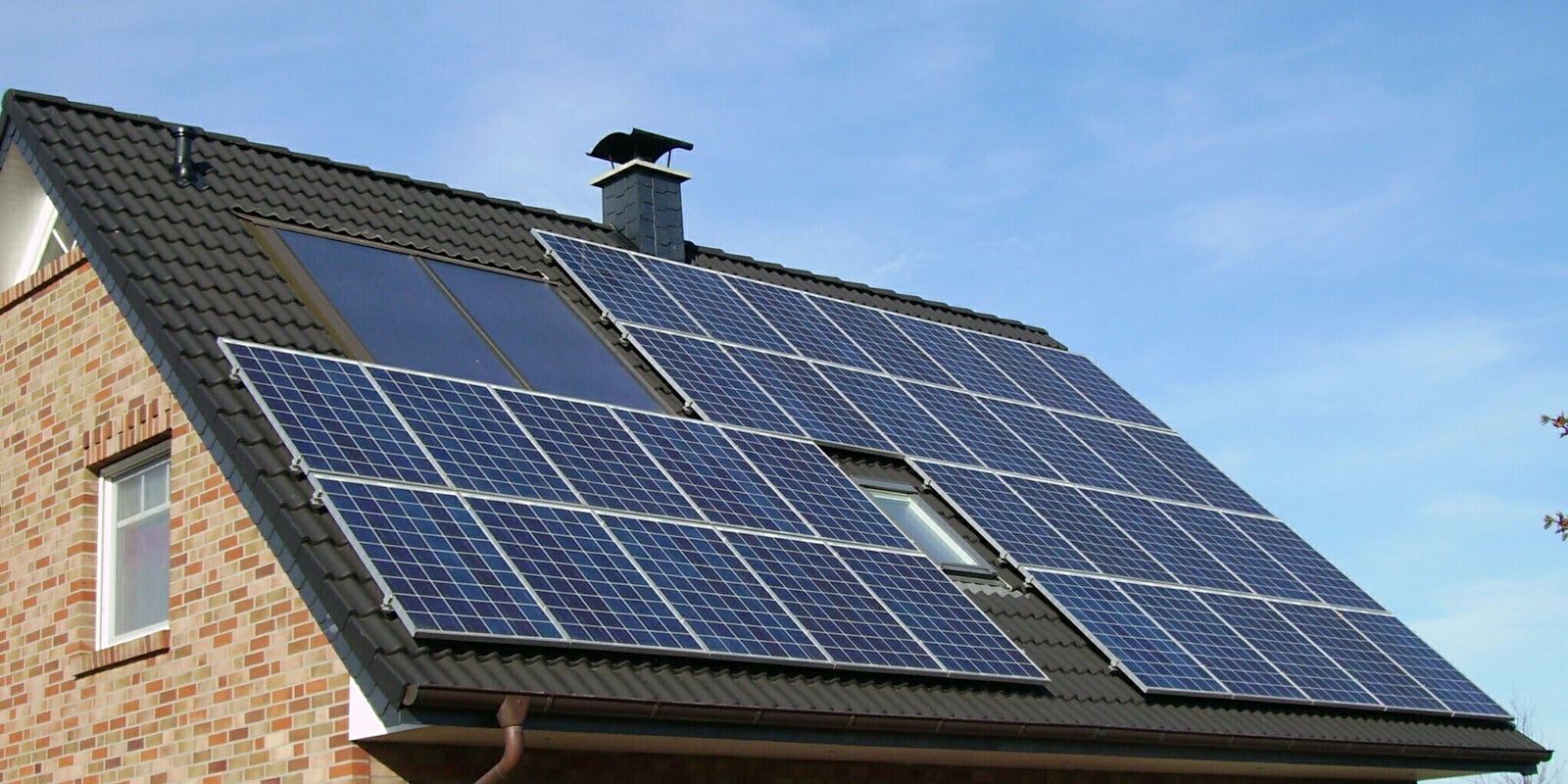The California Energy Commission will vote Wednesday on new energy standards mandating that most new homes have solar panels starting in 2020. The mandate would make California the first state to require solar energy.
Just 15-20 percent of new single-family homes built include solar power, Bob Raymer, technical director for the California Building Industry Association, told the Orange County Register.
California is close to making #solar standard on virtually every new home built in the state! #SolarIsNow https://t.co/q4D257n9cF
— Solar and Storage Industry (@SEIA) May 4, 2018
“California is about to take a quantum leap in energy standards,” Raymer said. “No other state in the nation mandates solar, and we are about to take that leap.”
The new solar mandate would apply to all houses, condos, and apartment buildings up to three stories tall that obtain building permits after Jan. 1, 2020. Exceptions or alternatives will be allowed when homes are shaded by trees or buildings or when the home’s roofs are too small to accommodate solar panels.
In addition to widespread adoption of solar power, the new provisions include a push to increase battery storage and increase reliance on electricity over natural gas. It will encourage more electric use or even all-electric homes to reduce natural gas consumption.
The new energy standards will add about $25,000-$30,000 to the construction costs compared with homes built to the 2006 code, C.R. Herro, Meritage’s vice president of environmental affairs, told the Register. Solar accounts for about $14,000-$16,000 of that cost, with increased insulation and more efficient windows, appliances, lighting, and heating accounting for another $10,000-$15,000.
These costs have some Californians worried that homes will be even more unattainable to purchase for low-income shoppers. But Herro said that $25,000-$30,000 should result in $50,000-$60,000 in the owner’s reduced operating costs over the 25-year life of the home’s solar panel system.


